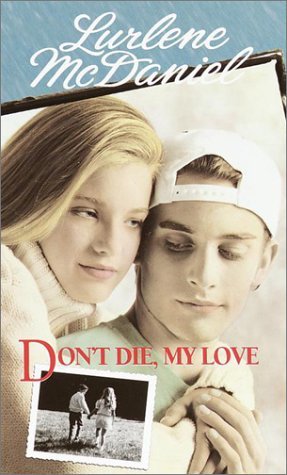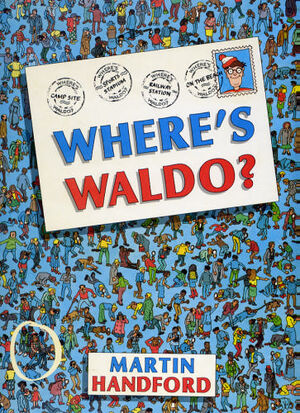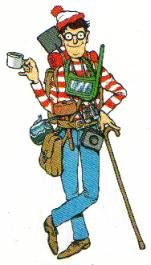Current celebrity critics may be up in arms over the racy and overnight de-Disnified Miley Cyrus, but her path as a child-to-rebellious-teen pop star is pretty well-worn territory. Child stars have been reinventing themselves as alleged adults for years. In the 1990s, a wave of self-proclaimed virginal and innocent adolescent teenage pop stars paved the way for the downslide into inevitable controversy. These girls proved there’s only so long managers and publicists can capitalize on and profit from your jailbait allure--at some point, their public personas needed to grow up.
As some of these starlets have shown, the transition from bubbly teen to legitimate grown-up artist is not an easy one. While some may manage to endure the change relatively unscathed, most lose some marketability with each passing year and are forced to continually reinvent themselves. So next time you hear Miley tell you she can’t be tamed, you should probably just take her word for it. Looking at her predecessors, it seems like a likely outcome.
Britney Spears
 We First Knew Her as: Mickey Mouse Club Member on the 90s revival of the children’s variety show, child contestant on Star Search, very brief stint as member of girl group Innosense
We First Knew Her as: Mickey Mouse Club Member on the 90s revival of the children’s variety show, child contestant on Star Search, very brief stint as member of girl group InnosenseAchieved Major Stardom as: Vaguely inappropriate but supposedly innocent school girl uniform-clad singer of “Hit Me Baby One More Time”
Foray into Film: Starred in box office bomb and general cheeseball embarrassment Crossroadss
And Then: Reinvented self as newly edgy Slave 4 us; dances with python
And Then: Marries perpetually wifebeater-clad backup dancer Kevin Federline, procreates; divorces
The Downslide: Endured a slew of personal struggles, shaved head, stint in rehab, embarrassing VMA performance in spangly bra--still managed to release popular CD
Number of Fragrances Released in the Meantime: Seven, including one subtly called “In Control”
Now: Under tight conservatorship by her father, released MTV documentary re:sanity and embarked on high-grossing Circus world tour
Christina Aguilera

We first Knew Her as: Spears’ fellow Mouseketeer on “The Mickey Mouse Club,” Star Search contestant, singer of “Reflection” from Disney's Mulan
Achieved Major Stardom as: A Genie In a Bottle, baby
And Then: Released a Spanish-language album. You know, because her dad is from Ecuador. Strangely did not release Irish music CD to celebrate mother’s heritage.
And Then: Got “Dirrrty” and “Stripped,” dyed hair black, wore questionably revealing outfits, shed teen bubble gum pop image
Followed by: Vaguely Marilyn Monroe-esque re-reinvention, more mature musical style, fewer morally reprehensible music videos
Now: Canceled pending 2010 tour in midst of underwhelming ticket sales
Jessica Simpson
 We first knew her as: Small-town Texan Christian singer with unreleased album (her minor Gospel label went under)
We first knew her as: Small-town Texan Christian singer with unreleased album (her minor Gospel label went under)Achieved Major Stardom: Sweet Kisses album with top-charting singles “I Want to Love You Forever” and “I Think I’m In Love With You”
Plus: Dated second-tier Boy Band 98 Degrees front man Nick Lachey
And Then: Married Lachey; the two costarred as newlyweds in the cleverly named reality series Newlyweds. Gained reputation as dumb blonde for inability to distinguish between chicken and tuna
Maintained Fame With: Much-publicized and scantily-clad role in the film adaptation of The Dukes of Hazzard
Downslide: Divorce, dwindling record sales, straight-to-DVD movie roles, rocky romances with John Mayer and Tony Romo. Overly publicized weight gain exacerbated by sadistic stylist with an inexplicable penchant for skintight Daisy Dukes
Now: Return to reality TV with VH1’s The Price of Beauty, serves as general muse for hairstylist Ken Paves
Mandy Moore

Achieved Major Stardom as: Opening act for boy band Backstreet Boys; released top single “Candy” featuring a music video in which the then-15 year old Moore drives a green Volkswagon Beetle
And Then: Released lightweight album I Wanna Be With You; title single featured in teen ballet movie Center Stage
And Then: Appeared in numerous films including The Princess Diaries, A Walk to Remember, Chasing Liberty, and Saved; far exceeded cinematic success of teen pop princess peers
Also: Dated Wilmer Valderamma, Andy Roddick, Zack Braff, DJ AM; settled down and married singer Ryan Adams in 2009
Should be Noted: Moore deserves some form of 90s Pop Princess prize for maintaining her down-to-earth reputation through her journey from teen star to adult celebrity, though I call for a slight point deduction for her preoccupation with and persistent attendance at Ultimate Fighting Championship events










